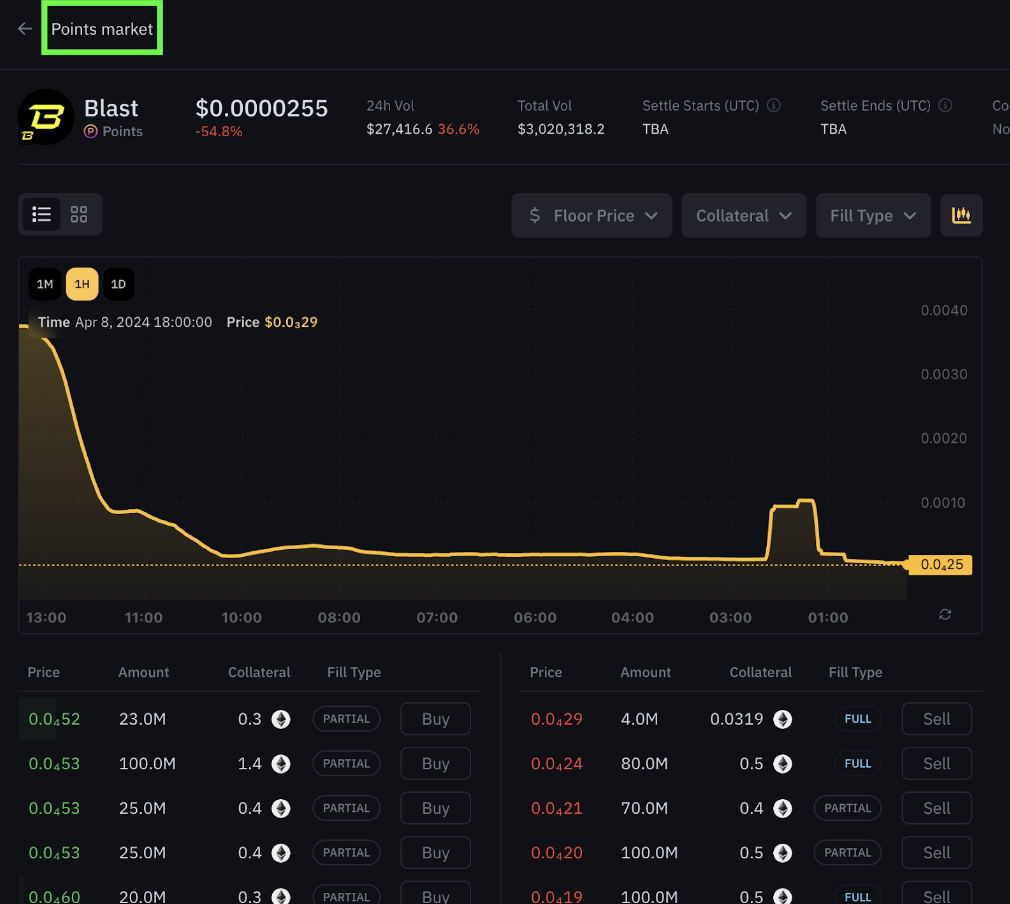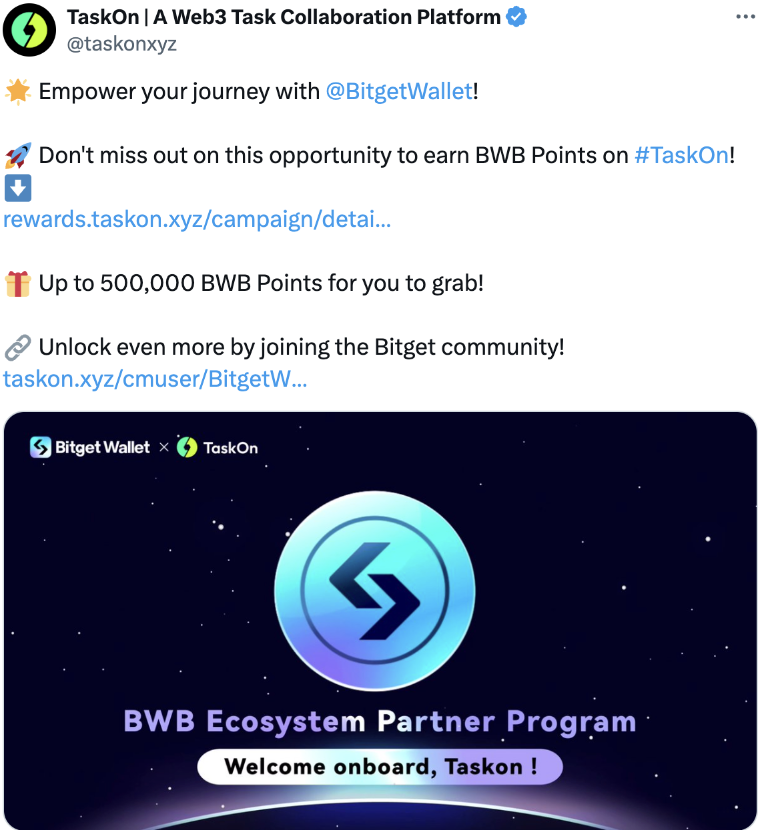How far is your project from PMF?
PMF refers to Product-Market Fit, which indicates the degree of alignment between a product and market demand. Specifically, PMF is the state achieved when a product meets market needs and gains user recognition.
Generally, when a product successfully satisfies market demand and users provide positive feedback and experiences, it can be said that the product has achieved PMF. This means that the product's features, characteristics, and value are highly aligned with users' needs and expectations, leading them to be willing to purchase and continuously use the product.
The first step to achieving PMF is to uncover market demand. Finding a market with high demand is not particularly difficult; for example, the DeFi sector is very popular because everyone has a need for trading. If you launch a DeFi project, the market demand is also significant, but does that mean your project will quickly achieve PMF? Not necessarily; challenges follow: How do you sell your project/product to the market?
Success in PMF does not stop at identifying market demand. As mentioned earlier, the DeFi sector is very popular, so countless DeFi projects emerge every day. Your product is just one of them. What should you do to make your product stand out among many DeFi projects? Or, how can you make people choose your product over others?
You need to package your product.
How to Package a Product
Product Positioning
To stand out among numerous projects, it is essential to clarify the product's positioning. Product positioning is a very important concept in marketing. It helps businesses find the unique selling points of their products by defining the impression and position of the product or brand in the minds of consumers, and then communicating this to the target market.
Determining the product's positioning can be a slogan or a definition. Regardless of what it is, the content should be concise and clear, accurately conveying your product's uniqueness and core value, allowing users to remember and understand your product at a glance.
Sometimes, providing a clear product positioning to the market is more important than having a complete set of product features, a rich ecosystem, or rapid feature updates. For example, when mentioning Dex, Uniswap is always the first to come to mind. Although Uniswap supports fewer chains compared to other competitors in the same sector and only updates once a year, it still holds a 47% share of the Dex trading market. Besides its first-mover advantage, Uniswap's consistently reinforced trading product positioning plays a crucial role.
In addition to considering product positioning, you can also enhance the product's packaging by looking at aspects such as team members, VCs, and Roadmaps. The team and supporters behind the product are also important packaging factors. Having a strong, experienced team and recognized investor support can increase user trust and goodwill towards the product. Additionally, a clear and concise Roadmap is an important way to show users the product's future development direction and plans.


Once the product's positioning is determined, it is necessary to package the product from two aspects: data and assets.
For projects that have issued tokens, data and assets complement each other. An increase in product data indicates growing user expectations for the project, leading to more people holding and trading assets, which in turn reflects in the data as an increase, forming a virtuous cycle.
For projects that have not issued tokens, packaging the product means selling the future, enhancing user expectations through a vision of the future. In Web3, user expectations for a project stem from data and are also reflected in the data.
Product Data
Collecting user feedback and enhancing product experience is a way to increase users' willingness to use the product, thereby achieving data growth. So, what methods are available from the operational level?
Co-branding Activities
Collaborating with companies or brands in related industries to jointly hold co-branding activities can attract more target users' attention and participation through cross-industry cooperation. Co-branding activities are common methods to enhance product data and awareness in both Web2 and Web3:
In Web2, co-branding activities are everywhere:
Fashion industry: Nike and Jacquemus, Gucci and The North Face, LV and Yayoi Kusama's co-branding campaigns, and UNIQLO's collaborations with various well-known IPs, etc.
In 2023, the tea beverage industry saw a co-branding feast: on average, less than three days passed before a milk tea or coffee brand launched an IP co-branding, limited-time beverage activity.
The endless co-branding activities from major brands across different fields also confirm a fact: collaboration between brands can boost sales, and co-branding can help you sell your product.
Although the industries differ, the survival rules of products have certain consistencies. The experiences summarized from the quantity and duration of Web2 products can also apply to Web3. Is there data that can visualize the impact of co-branding activities?
We can refer to the data from Rhino.fi over different periods:
This table references the SNS Engagement data of Rhino.fi during normal times and during promotional activities, and it has collected corresponding participation numbers to roughly understand the sales audience that a successful co-branding can help the project reach.

Community Building
Currently, some projects operate primarily at the community level, creating groups for the project on Telegram and Discord to facilitate member communication, which is a form of community building.
In fact, community building can be more immersive. A community is not just a place for users to exchange opinions; it also needs to serve as a bridge between users and the project, allowing users to experience the project's ecosystem. Successful projects rely on community support.
Regarding how to build a community, the challenges faced at different stages may vary, and the author will not elaborate here. You can refer to the following articles:
Web3 Community Growth Strategies: How to Build a Successful Community
Building a Successful Web3 Community: Healthy Growth
As mentioned earlier, data and assets are complementary. So, how can we bring the project as close to PMF as possible through assets?
Product Assets
For projects that have issued tokens, activities can not only enhance product data but also promote transactions and increase asset liquidity through user behavior. For example, directly incorporating trading tasks into activity setups. This approach is common in both CEX and DEX, such as trading competitions often launched by exchanges after new tokens are listed.
For projects that have not issued tokens, users have expectations for TGE. So, is there any alternative that can temporarily replace the role of assets before TGE?
Points.
With Blast breaking the L2 pattern through a points system, more and more projects are adopting the points system:
- StakeStone and Scroll's joint cross-chain points activity allows users to check accumulated points through the Scroll points system.
- Entangle launched a points program to incentivize users to stake NGL tokens.
- Bitget Wallet completed the distribution and verification of platform token BWB points, with an exchange ratio of 4.1 BWB Points : 1 BWB …
As the demand for points surges, even projects that speculate on the points market have emerged, supporting users to trade points for projects before TGE.

The points trading market is already well-established, so are there tools to support the rapid establishment of a points system?
Growth conversion platforms provide comprehensive solutions.
For example, Bitget Wallet has launched its community on TaskOn, introducing the project's points system.


Creating user expectations for the project is essential; with expectations, users will take action, ultimately achieving PMF. Co-branding activities, community building, and points systems are all powerful tools to enhance product data and asset liquidity, thereby raising user expectations.
ref:
[1]. 2023 Annual Report Highlights: The Rise and Competition of DEX: https://www.techflowpost.com/article/detail_15347.html
[2]. Web3 Community Growth Strategies: How to Build a Successful Community: https://www.bitcoininsider.org/article/249738/web3-community-growth-strategies-how-build-successful-community#google_vignette
[3]. Building a Successful Web3 Community: Healthy Growth: https://medium.com/coinmonks/web3-community-growth-strategies-how-to-use-taskon-to-build-a-successful-community-b1ba4f907dd9









